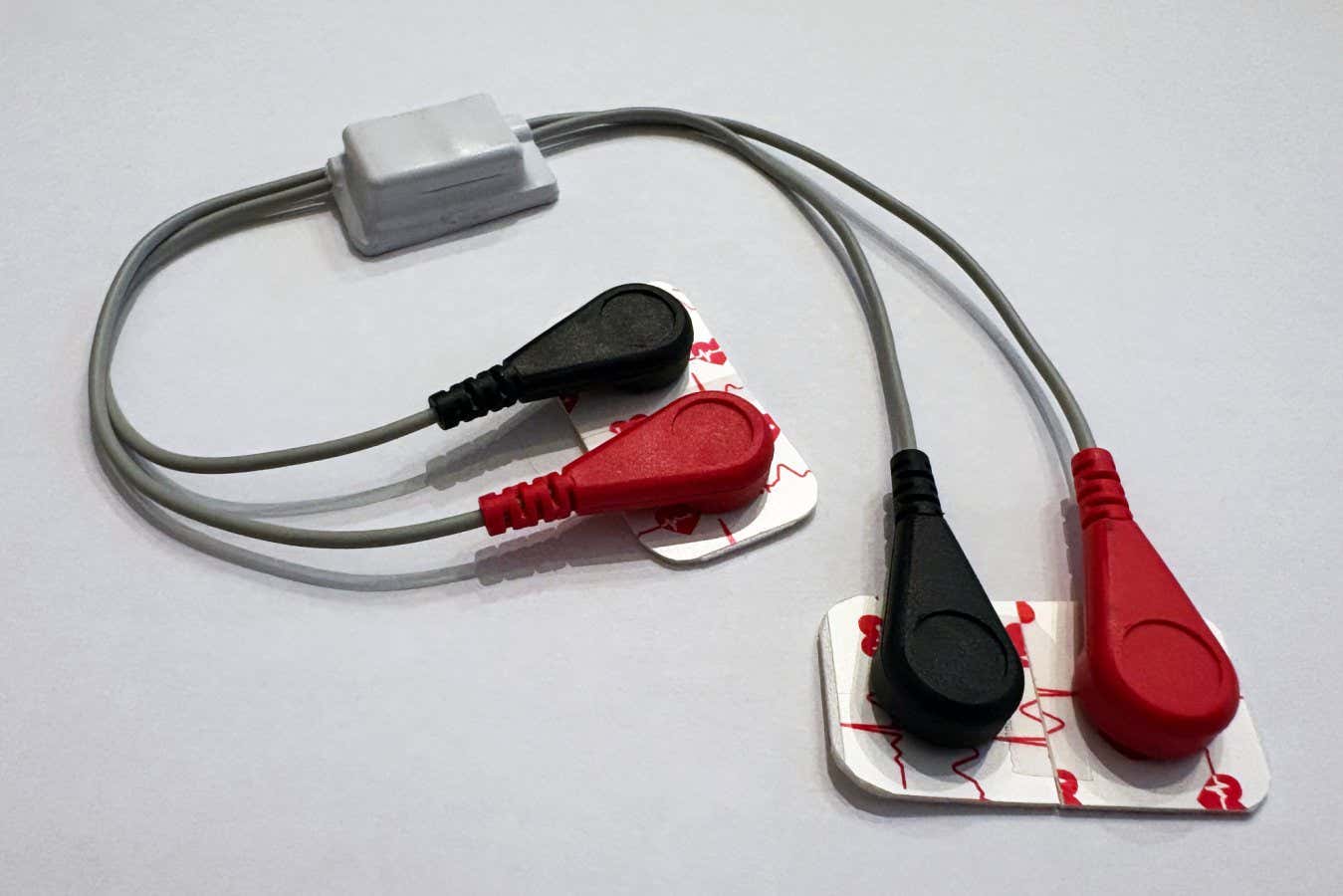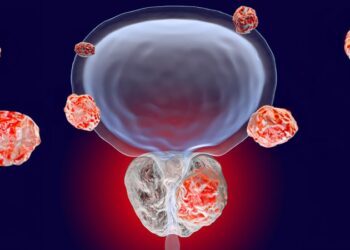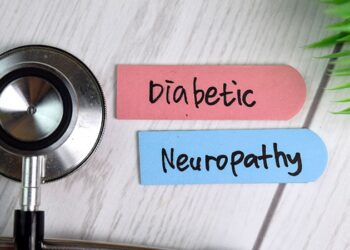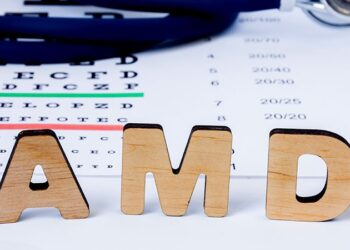
It can be difficult to gauge how much milk a breastfed baby is getting
lebedinskaia natalia/Getty Images
Parents could one day track how much breast milk their baby is drinking, thanks to a device that sends alerts to their smartphones in real time.
“A common anxiety around breastfeeding is the uncertainty surrounding the amounts of breast milk that babies get,” says Daniel Robinson at Northwestern University in Illinois. “It increases stress for the breastfeeding mothers, parents and even the clinicians.” Undernourished infants may grow less quickly and, in extreme cases, can become dehydrated.
Clinicians often assess how well infants breastfeed by weighing them before and after a feed, and reviewing how frequently they fill diapers, but these are cumbersome and crude measures, says Robinson.
To develop a more precise metric, he and his colleagues built a device made up of four electrodes, each a few centimetres wide, that can stick to the breast, away from the nipple. Two electrodes transmit very weak electrical currents from one side of the breast to the other, where they are received by the second pair.
The device sends these recordings to a smartphone app that calculates how much milk has been released in real time, based on the electrical signals becoming weaker as more milk is released, says Robinson.
To test the validity of the system, the researchers used it on 12 breastfeeding women as they used breast pumps to express into bottles for about 15 minutes. The system estimated the volume of milk collected to within about 2 millilitres of the actual amount, on average, with each participant expressing an average of 50 millilitres.
This suggests the device could enable parents, under the supervision of clinicians, to track their babies’ nutrition and make appropriate changes, such as potentially supplementing with formula milk, says Robinson.

The device consists of sticky electrodes that attach to the breast
Northwestern University
In another experiment, one of the women wore the device while breastfeeding. The app calculated that her baby drank 24 millilitres of milk, which is similar to the 20 millimetres the team calculated by weighing the infant immediately before and after feeding, says Robinson.
“One of the commonest reasons for mothers with term infants giving up breastfeeding is the perception that they have insufficient milk, so this technique could be helpful in establishing whether that is true or not, and also maybe to see if changing positioning or latching could improve milk flow,” says Mary Fewtrell at University College London.
But larger studies are needed to verify the accuracy of the approach, as well as whether the device interferes with milk production, has any long-term side effects and if parents even want it, says Amy Brown at Swansea University in the UK.
Topics:
Source link : https://www.newscientist.com/article/2480051-smart-device-can-measure-how-much-milk-breastfed-babies-really-drink/?utm_campaign=RSS%7CNSNS&utm_source=NSNS&utm_medium=RSS&utm_content=home
Author :
Publish date : 2025-05-14 10:00:00
Copyright for syndicated content belongs to the linked Source.














